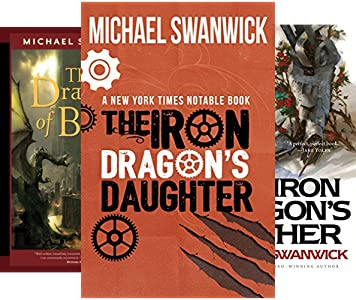.
Rather
to my surprise, I find my story "Huginn and Muninn--and What Came
After" included in the 2022 Locus Awards Top Ten Finalists list
for short story. That's not me being modest. The story was published with a
trigger warning that it deals frankly with suicide and despair, and that's not
usually the kind of thing that ends up being popular. Respected maybe. But
popular? No.
And
yet, there it is. I think that says something rather rather admirable about the
science fiction readership.
"Huginn
and Muninn--and What Came After" is a story
I meant to tackle for many years and finally did. It is in part, yes, about a
suicide that people I know tried hard to prevent, but it's also a meditation on
what can and cannot be known about the life that came before. Among, of course, other things.
Again,
I think it speaks well of the readership that so many people liked such a
difficult work. I thank them for that. Really, that's my reward right there.
Below
is the full list for the category. As you can see, it's a nice mix of
established writers who have richly earned our respect and hot new writers who
are tearing up the boards. I'm feeling rather full of myself to be listed among
their number:
SHORT
STORY
“If the Martians Have Magic“, P. Djèlí Clark (Uncanny 9-10/21)
“Mr. Death“, Alix E. Harrow (Apex 2/21)
“Proof by Induction“, José Pablo Iriarte (Uncanny 5-6/21)
“Let All the Children Boogie“, Sam J. Miller (Tor.com 1/6/21)
“Where Oaken Hearts Do Gather“, Sarah Pinsker (Uncanny 3-4/21)
“Crazy Beautiful”, Cat Rambo (F&SF 3-4/21)
“Huginn and Muninn – and What Came After“, Michael Swanwick (Asimov’s
7-8/21)
“An Arc of Electric Skin“, Wole Talabi (Asimov’s 9-10/21)
“The Sin of America“, Catherynne M. Valente (Uncanny 3-4/21)
“For Lack of a Bed“, John Wiswell (Diabolical Plots 4/21)
*













